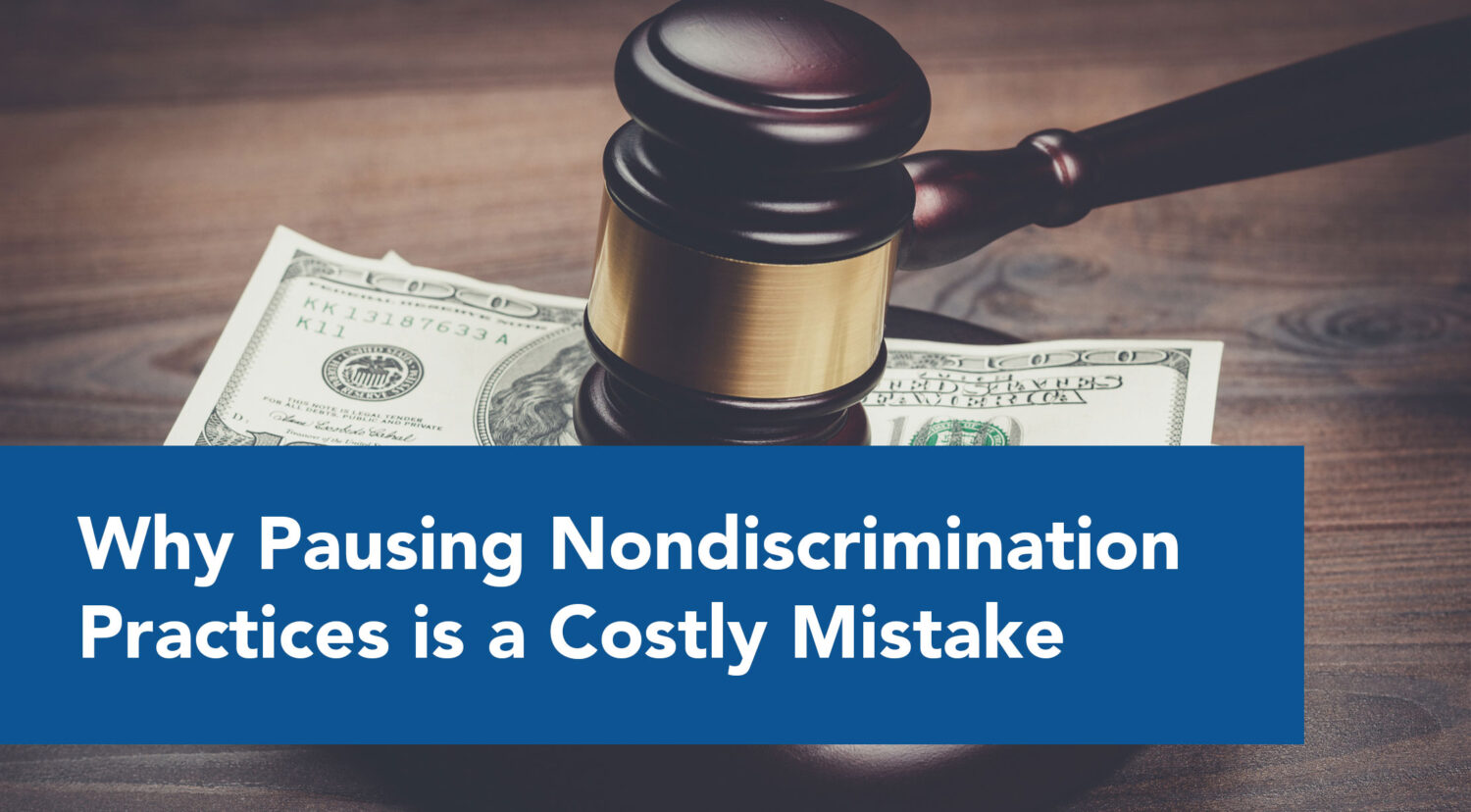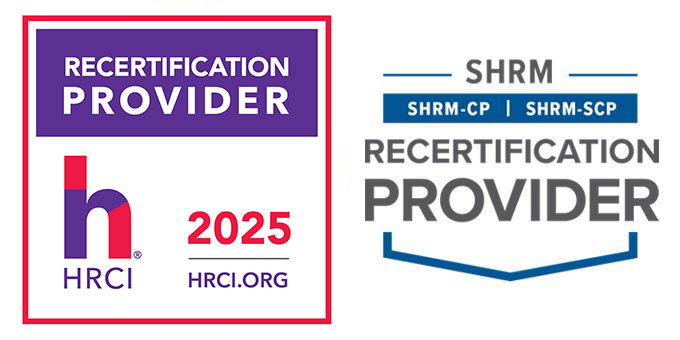

For Federal Contractors, EO 14173 Raises the Stakes—and Continuing EO 11246 Practices Protects Your Bottom Line
When Executive Order 11246 was revoked and replaced with EO 14173, some federal contractors—especially those under private equity ownership—interpreted the shift as a green light to pause their long-standing nondiscrimination practices.
This would be a critical misstep.
Not only does EO 14173 still prohibit discrimination on the basis of race, gender, and other protected categories, but it significantly raises the legal and financial stakes—particularly through heightened False Claims Act liability for misrepresentation or noncompliance.
Even more importantly, decades of data show that employers who followed EO 11246’s proactive, data-driven framework have enjoyed dramatically lower legal exposure and financial penalties than those who didn’t.
The Financial Case: What the Data Tells us
In 2023:
- The EEOC (which oversees private companies under Title VII) collected $138.7 million in monetary benefits for victims of workplace discrimination.
- The OFCCP, which enforces EO 11246 for federal contractors, secured just $17.3 million in settlements—nine times less.
This stark difference is not by chance. It reflects a proven reality:
Contractors that followed EO 11246’s model—proactive self-evaluation, adverse impact analysis, and early remediation—faced far fewer, and far less costly, legal consequences.
In short: preventive action is cheaper than reactive litigation.
EO 14173 Didn’t Eliminate the Risk—It Elevated it
Some believe that the revocation of EO 11246 reduced their compliance burden. In fact, EO 14173 reaffirms the prohibition of discrimination while introducing stronger enforcement mechanisms—including certification of nondiscrimination AND potential penalties under the False Claims Act.
That means a misrepresentation of compliance—intentional or not—could now result in federal fraud investigations, debarment, or treble damages. Pausing your nondiscrimination practices puts your business at greater risk, not less.
For Any Business: The Financial Incentive is Clear
For any business, including Private Equity-backed companies, every risk is measured in dollars and cents. Continuing the proven practices developed under EO 11246 is not about altruism—it’s about preserving enterprise value, avoiding costly settlements, and protecting the brand.
Let’s be clear:
- The average cost of a single EEOC claim (including legal fees and settlements) can exceed six figures.
- A class-based claim or systemic violation could result in millions in liability, plus reputational damage.
- The costs of prevention—internal audits, training, and data tracking—are minuscule fraction of the cost of litigation.
And if you’re preparing for a liquidity event or M&A transaction, any hint of systemic discrimination or investigation by EEOC/DOJ-Civil Rights Division can tank valuation or kill a deal outright.
EO 11246 Practices = A Proven Risk Shield
By continuing the practices developed under EO 11246—such as:
- Workforce data analysis, including adverse impact analysis to identify indicators of discrimination early on
- Internal self-audits
- Fair hiring and promotion review
- Documentation and corrective action
…you are doing more than just “the right thing.” You’re lowering liability, increasing operational stability, and fortifying your organization against both legal claims and compliance scrutiny under EO 14173.
Bottom Line: Pausing Is Risky. Continuing Is Strategic.
Federal contractors have spent years building disciplined systems to prevent discrimination. Abandoning them now—when risk is increasing, not decreasing—is not a compliance strategy. It’s a liability trap.
Under the new EO 14173 with tighter government scrutiny, broader enforcement, and aggressive False Claims Act penalties, the smartest move you can make is to stay the course.
Protect your business. Safeguard your workforce. Continue what works.
The enforcement of Executive Order 14173 is transforming compliance requirements for federal contractors. Join us on April 30, 2025, at 10:30 AM PST for an exclusive virtual roundtable led by government officials for clear, actionable guidance to navigate the evolving regulatory landscape confidently.
Have questions about what your organization should do next? Our compliance experts are here to help you adjust, prepare, and protect your organization under EO 14173.




